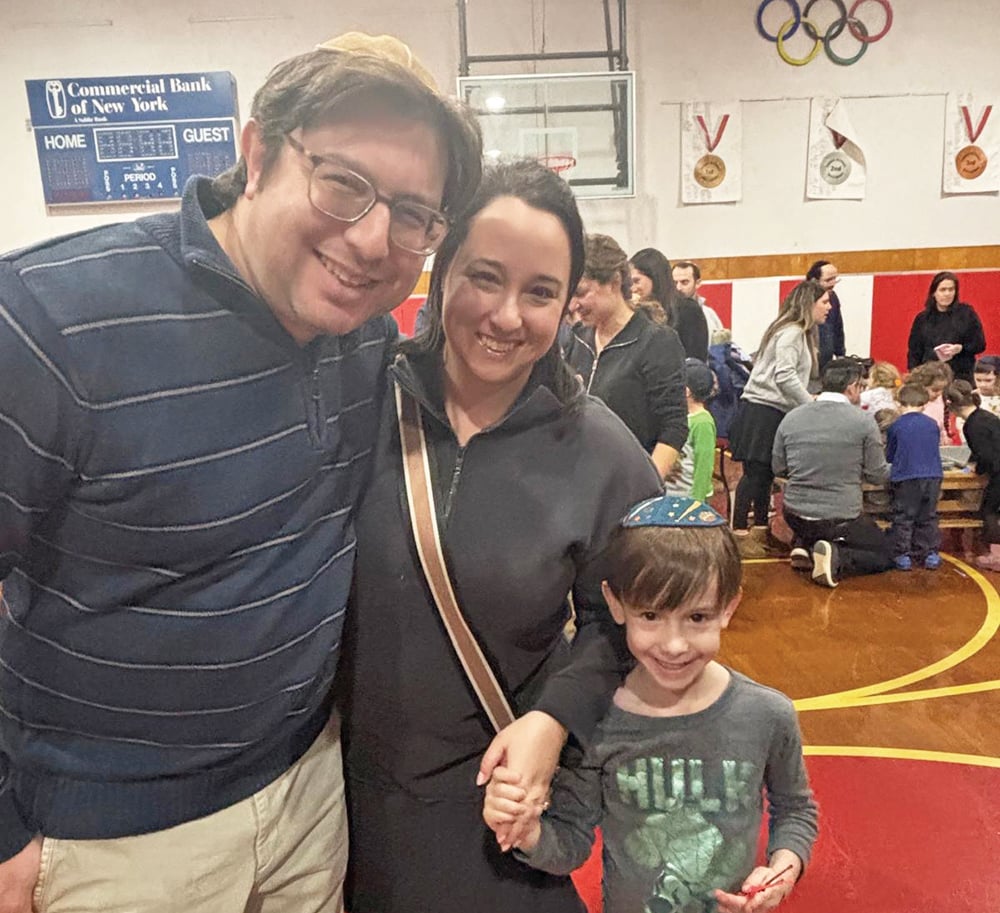
Reviewing: “American Shtetl: The Making of Kiryas Joel, a Hasidic Village in Upstate New York” by Nomi M. Stolzenberg and David N. Myers. Princeton University Press. 2022. English. Hardcover. 496 pages. ISBN-13: 978-0691199771.
The book A Fortress in Brooklyn: Race, Real Estate, and the Making of Hasidic Williamsburg detailed the growth of Satmar in Brooklyn after World War 2. Under the leadership of the Satmar Rebbe, they were able to change without changing, and regrow into one of the most potent political and religious groups in New York State.
In American Shtetl: The Making of Kiryas Joel, a Hasidic village in Upstate New York, authors Nomi Stolzenberg (Professor of law at the USC Gould School of Law) and David Myers (Professor – Jewish History at UCLA), continue the story of A Fortress in Brooklyn and head about 60 miles north of Williamsburg to Kiryas Joel, New York.
Eli Spitzer asks in The Specter of Satmar, how did a small Transylvanian movement become the most powerful player in worldwide ultra-Orthodoxy? He writes that Satmar’s status as the alpha male of Orthodoxy is all the more striking because it grew so rapidly from almost nothing. In pre-war Europe, Satmar was a small fledgling offshoot of the more prestigious Sighet dynasty. Most of that world, in any case, was destroyed in the Holocaust.
Afterward, the first Satmar Rebbe, Rabbi Yoel Teitelbaum, came to America in 1946 with no money and few followers in the wake of a brief and unsuccessful stint in Jerusalem. In Williamsburg, he set about rebuilding his community from scratch, establishing himself as the leader of the lucky few Hungarian-Jewish refugees who had fled the slaughter that followed the German occupation in 1944. There, Rabbi Teitelbaum took the forlorn and devastated survivors of the greatest disaster in modern Jewish history and forged them into the most dynamic Jewish movement of the post-war era.
Stolzenberg and Myers have written an engaging and extremely well-researched history of the growth and development of Kiryas Joel. In some ways, it is the story of the pinnacle of the American dream, while the very nature of the community abhorred much of what the American dream stood for.
Started by a small group of Satmar Hasidim who wanted to escape the concrete jungle of Brooklyn, the story of Kiryas Joel is a story that is contradictory. The Satmar Hasidim of Williamsburg wanted to create an enclave where they could live without the distractions and negative influences of secular society. However, creating that village meant they had to use every aspect of secular legal and political power under the gun.
While much of the success of Satmar in developing Kiryas Joel was due to suave legal and political maneuvering, the growing receptivity of anti-assimilationist and anti-integrationist in the US in the late 1960s and early 1970s was undoubtedly a providential gift in favor of Satmar. The book shows how conservative forms of religious and economic libertarianism, as well as the liberal notion of communitarianism, contributed to the creation of a legal environment that was hospitable to the project of Kiryas Joel as a homogeneous and strictly orthodox religious community.
The brilliance of Satmar might be their ability to align their self-preservation with external authorities with cultural norms drawn from the outside world; without internalizing those norms into their own self-understanding. Satmars have learned the rules of American interest-group politics without declaring any intent to join that game. Furthermore, in the process, they developed tools to be effective participants in local and state elections, to influence politicians, and even to form and run their own local government.
Lord Acton noted that absolute power corrupts absolutely, and it was only a matter of time that would cause strictures in Kiryas Joel. The authors write of tactics the Kiryas Joel administrators used to stop dissident groups within Kiryas Joel, such as the Bnei Yoel faction. These tactics were almost identical to those used by the Monroe Township authorities to stop the founders of Kiryas Joel.
When the Satmar Rebbe came to the United States after World War 2, little did he know that his community would be involved in a case that would reach the United States Supreme Court that would be one of the most significant Constitutional law cases of its time. The case of Board of Education of Kiryas Joel Village School District v. Grumet came about due to the need of the growing Kiryas Joel residents for special education services for their children.
What was unique about the case and the need for a school with special education services is that the emergence of a disability rights consciousness in the Satmar community stands as one of the most notable instances of the absorption of modern American cultural attitudes into Satmar life. At the time, these modern attitudes were as new to mainstream America as they were to the Satmars.
So why would two academics, far from the Satmar camp, write a book about the development of a Satmar enclave? They write that Kiryas Joel is an especially fascinating manifestation of American identity politics and that the community of Kiryas Joel is a quintessentially American phenomenon.
Much of the success of Kiryas Joel has to do with mazel, and the book details the extensive mazel Satmar had in the development of Kiryas Joel. Much of it has to do with timing, and the creation of Kiryas Joel started during a time of significant US government change. Satmar benefited greatly from the fact that the years between the New Deal and the 1970s, the American political system took on a new shape, in which power was redistributed among federal, state, and local governments in a way that empowered them all.
On one side, Kiryas Joel is the definition of self-segregation. However, it only got there due to the assimilation of core aspects of American society, culture, and law. That story almost goes against common sense. But the tale of Kiryas Joel is an intriguing one, as detailed in this fascinating book.
Ben Rothke lives in New Jersey and works in the information security field. He reviews books on religion, technology and science. @benrothke













